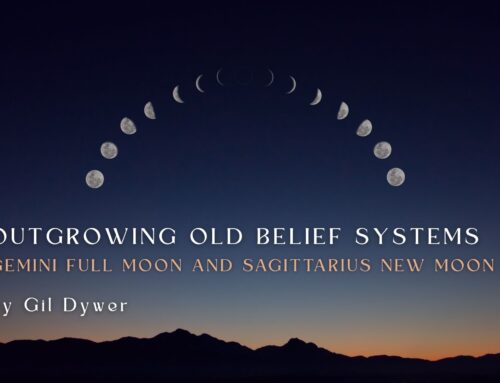Simple steps to Calm Down
It’s not only remembering TO relax, there’s the HOW to relax that is a factor – how does one relax when you’re stressed out and tense? Without strategies or tools to help you move out of feeling overwhelmed, you might find yourself reaching for alcohol or drugs in an attempt to calm down. This can work temporarily, but ultimately makes you feel less in control of your state of mind and wellbeing.
Even though at times it feels like you can’t relax, your body can actually remember how to, with the right prompts. This can happen when practicing some simple steps to spark the chemical shift in your body that conveys the message that all is well and it’s ok to calm down.
THE FIRST STEP is to attend to your breath. Slow it down by deepening it. Why? Because the increased flow of oxygen calms the panicked feeling. The slow deep breath mirrors the body’s natural state when calm and therefore tricks your mind into thinking you’re relaxed and you then become relaxed. It also gives you something to do – when you just don’t know what to do.
THE SECOND STEP is Presence. Draw your attention to how you are feeling without labelling it or judging it as good or bad. Simply become present to sensation. This act of drawing your attention away from the external to an internal focus creates a chemical shift, prompting the body’s relaxation response.
THIRD STEP – make stress work for you.
We get stressed as a way to heighten and sharpen focus, to deal with the situation we are in – it’s the body’s way of helping us solve problems. It becomes an issue when this stress response doesn’t naturally switch off and we get fixed in a state of distress and panic. The thought of calming down and stepping out of that feels impossible.
Yoga teaches us that no moment or experience is without potential. The feeling of stress is there and no there’s denying it, however without a label of good or bad, it is just energy. While seeing it as pure energy we can actually put that energy to good use. We can use the stress energy to fuel the deepening of focus in becoming present. We use the deep breath as a way to focus the mind and channel that energy towards internal listening or presence. This is a powerful reminder that you are a awake and aware and strong through your presence.
This technique is a bit like a martial arts practitioner may approach a fight. An experienced Aikido Martial Arts practitioner, for example, uses the energy of the attacker to win the fight. As the attacker throws a punch, the defender takes the hand of her attacker and uses the momentum of the punch to bring him to the floor, pinning him to the ground. In our case we use the momentum of a heightened state to fuel focus towards the internal space, neutral in regard to the energy or its source, but present to the sensation. This very act activates the relaxation response. From there we may refine our position on things.
After practicing both breath and presence, stay with it until you feel a shift and better able to cope with the here and now. With practice we learn how to reach this space faster and faster when under pressure. It’s simple and effective and works.
Photo: Martin Knize








Leave A Comment